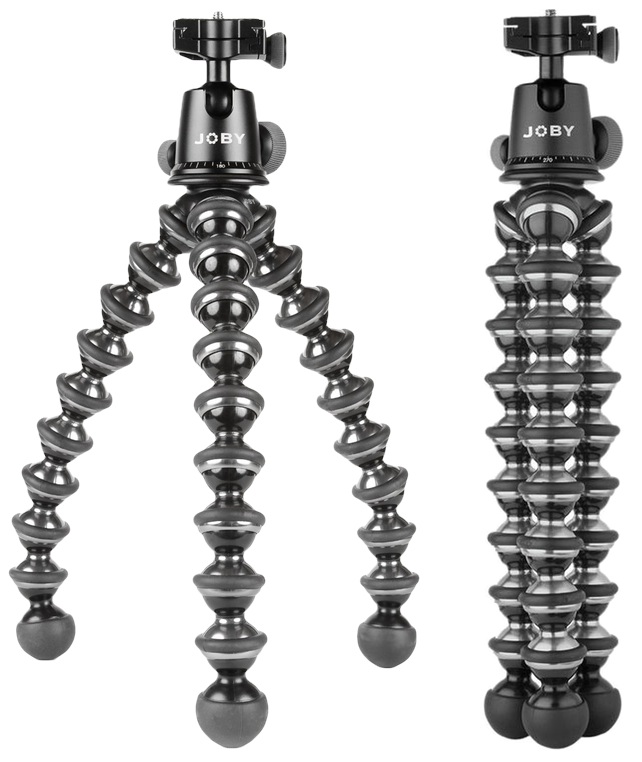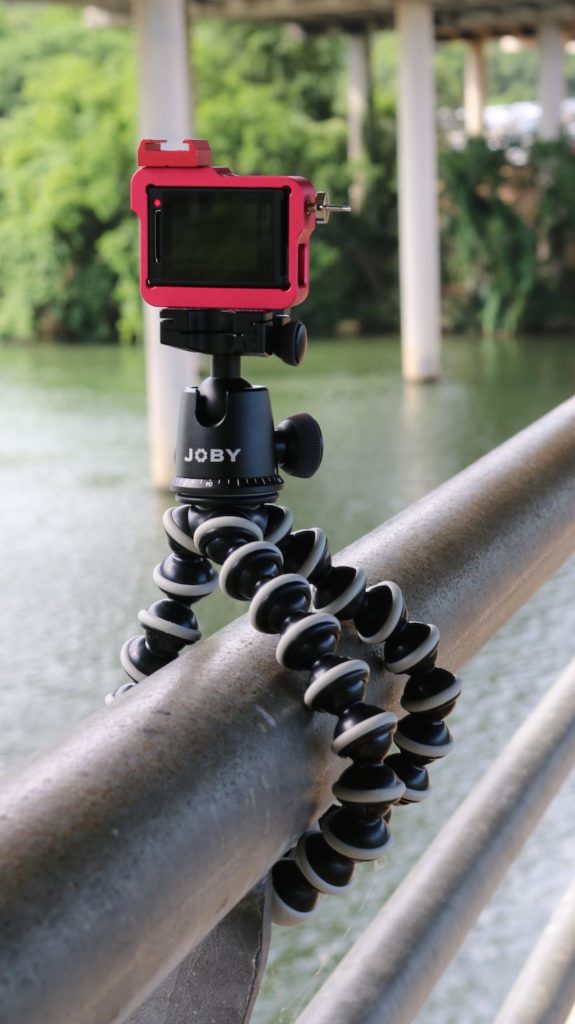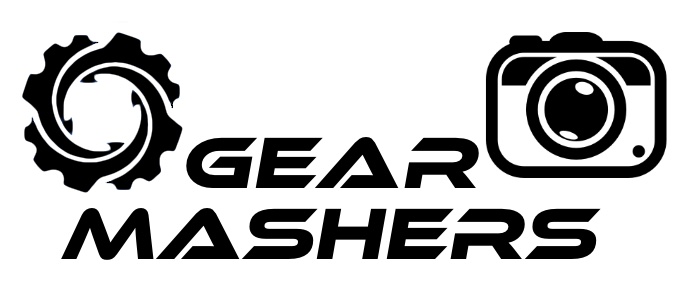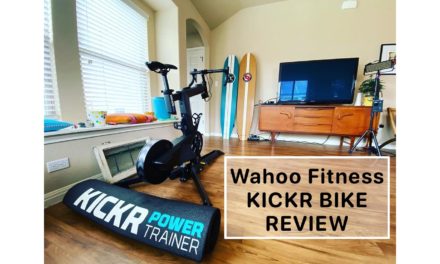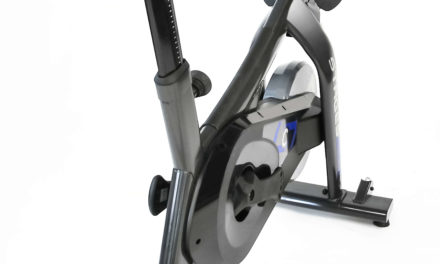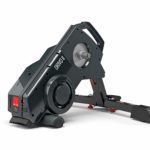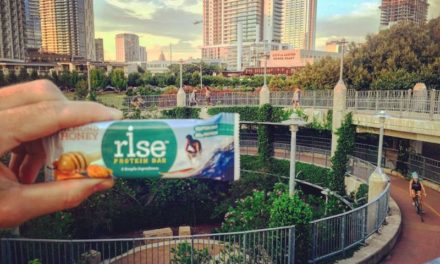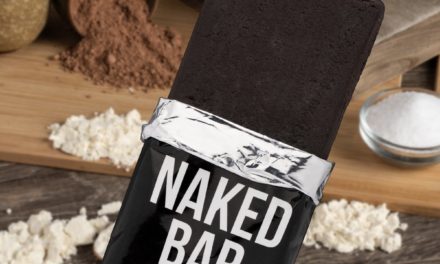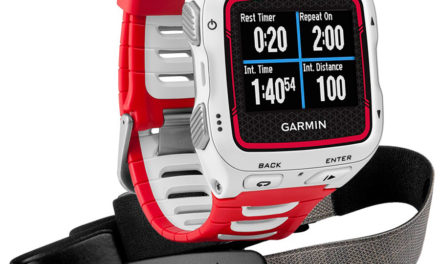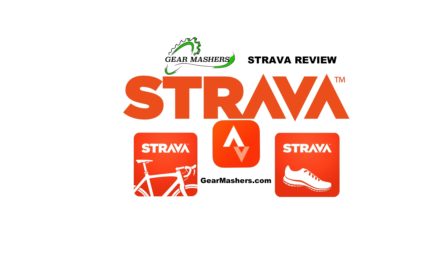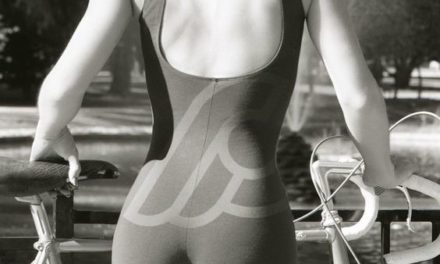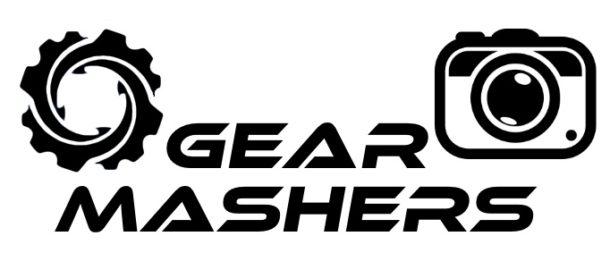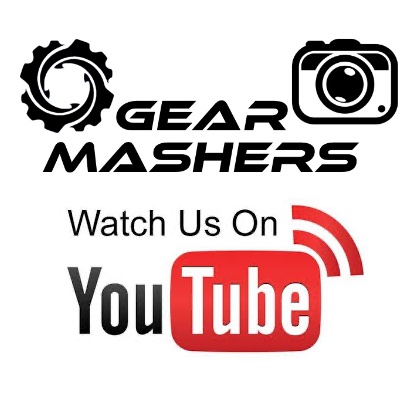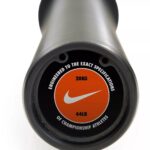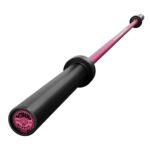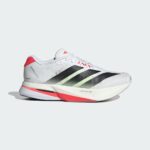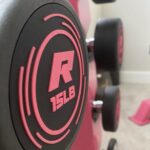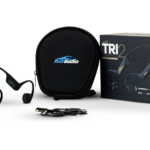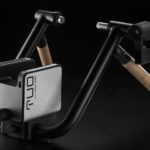
VLOGGERS EQUIPMENT CHECKLIST | BEST Vlogging Equipment 2019 | 2020

Here at GearMashers.com we have been really busy learning the ins and outs of Vlogging and producing product reviews. We wanted the ability to showcase products and cycling related topics using video.
A few years back while researching video production and vlogging, I came across Casey Neistat. For those that don’t know, Casey is a Vlogging superstar on Youtube. He has over 4 million followers and seems to be one of the best videographers I have come across.
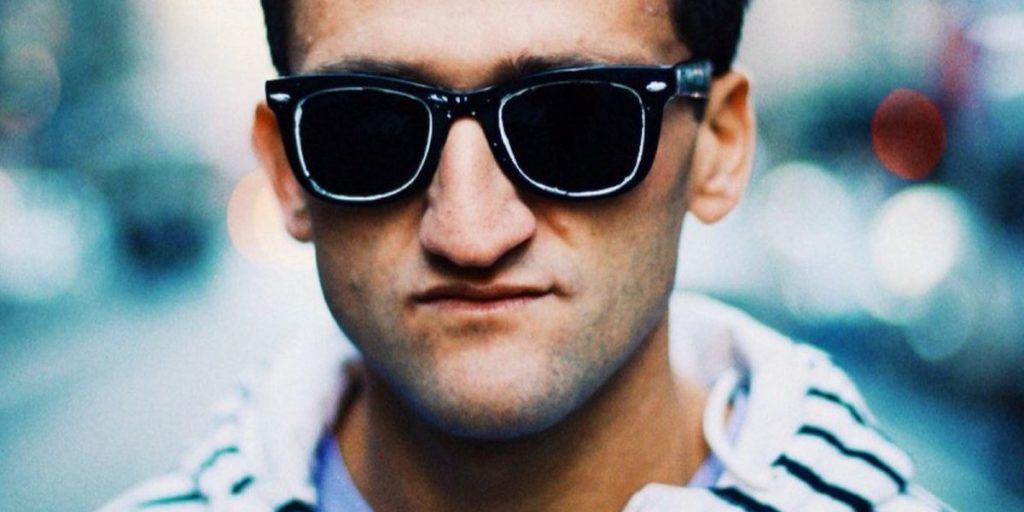
While one of his mottos is “Gear doesn’t matter. Only the story matters.”, you have to agree that he has learned over the years what equipment can really get the job done and make you look good at the same time.
Gear doesn’t matter. Only the story matters.
Before you go on and read, you need to watch these two videos.
Casey continues to tweak his craft with the latest technology and occasionally falling back on older more reliable methods.
Still, Casey does have a point that if you don’t have a good story to tell and one that is compelling, your audience might dry up and go away or simply not even show up in the first place. So yeah, a good story will trump equipment almost every time, but good equipment can make a story even more engaging.
So for those of you wanting to really improve your videos, you might want to consider the following Neistat TESTED Casey APPROVED video gear.
- Canon 70D, 80D, and 5D Mark3
- Canon PowerShot G7 X Mark II, Canon Powershot S120
- Rode Videomic Pro or Rode Videomic Go
- Canon Wide Angle (Canon EF-S 10-22mm and Canon EF-S 10-18mm)
- Joby GorillaPod and ballhead X
- DJI Phantom 4
While Casey has his personal favorites and I am sure it changes on a monthly basis, I have come up with some pretty stellar products as well.
- Sony Alpha A7iii – Simply the best 4k digital camera on the market for it’s price.
- Rode VideoMicro – An amazing small form factor microphone.
- Sony Zeiss 24-70 F4 Lens – This lens is a workhorse and can handle a ton of video work.
- Sirui P-324S Monopod – The Sirui Monopod is a monopod that acts like a tripod. Super easy to setup and video with.
- Peak Design Everyday Sling – The perfect day bag for carrying all your equipment.
- WANDRD PRVKE 30L – The best all around photography traveling backpack that I have found to date.
- Aputure Lighting System
- Zoom H5 Electronic Recorder
- Logitech Brio
- Sennheiser AVX Digital Microphone
Beyond Casey’s recommend gear, I recommend the following if you have the money.
Video
- Logitech Brio – Great for doing quick reviews and quick videos
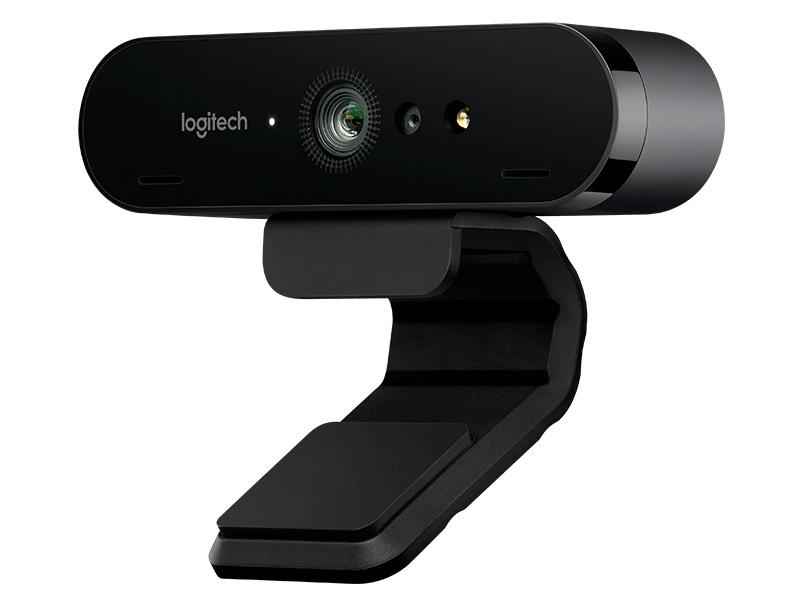
Audio
- Zoom H6 – A fantastic Digital Audio Recorder
- Sennheiser AVX – An Expensive but amazing Wireless Microphone setup
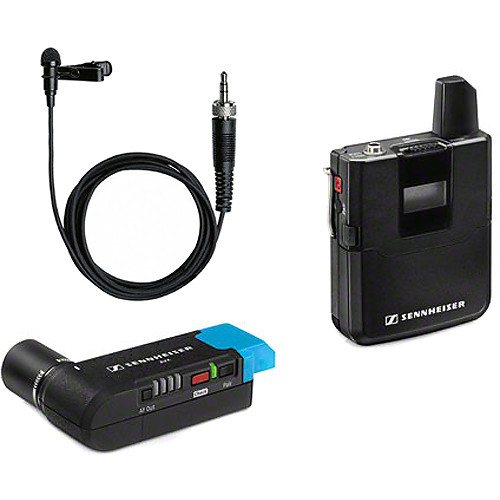
Lighting
- Aputure – Light Storm LS 1/2W – Great flood lights
- Aputure – Light Storm C120 – Fantastic Spot light
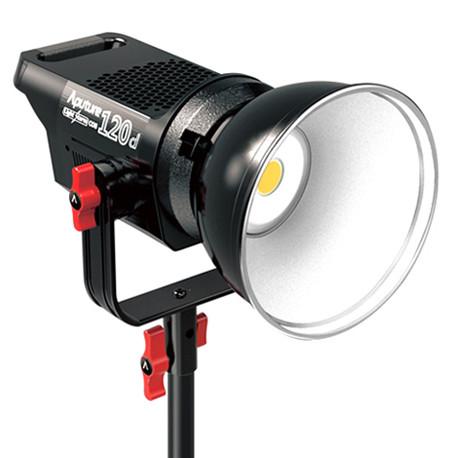
Software and Audio/Video Editing
- Screen Flow – An inexpensive Audio/Video editor for macs
- Pixelmator Pro – An inexpensive
- Premier Pro – An Adobe product used for Audio/Video editing
Note: For those that are Nikon or Sony or Pentax or … fanatics you might want to stop reading, we will mostly be talking Canon stuff here. Although, maybe you can comment below and give people advice on a similar setup using those manufacturer’s equipment.
DSLR SETUP
It used to be the video camcorder was for shooting video and the camera was for shooting images. Today however many cameras can operate equally as well as both a video and picture taking device. While Canon has an excellent camera like the Canon 80D (Sound like Attention Deficit Disorder), some feel (Casey Nesdit included) that the Canon 70D is more reliable and less finicky. As a bonus a refurbished Canon 70D is about half the price. Now for those wanting a full-frame DSLR the Canon EOS 5D Mark III is pretty spectacular.
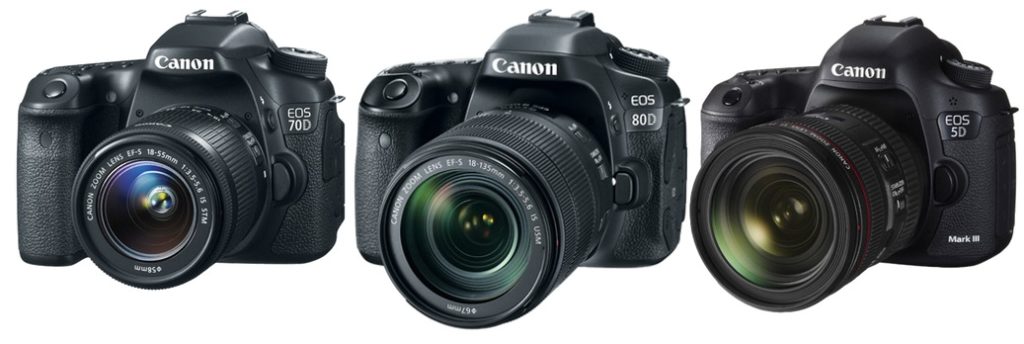
While you certainly can’t go wrong with any of the above cameras, those on a budget will find the Canon 70D produces great video and is the least expensive.
What makes the 70D and above stand out is specifically the Canon’s Dual Pixel CMOS AF (Auto Focus) that allows the camera to track and focus quickly on your face while recording. Note: Casey used the 80D and found it to be not as reliable as the 70D. He also mentions using the 5D, but just hasn’t used it much.
For the money, the Canon EF-S 10-18mm is an awesome value and is the smallest and lightest of the wide-angle lens choices. It comes in at 1/2 the price of the Canon EF-S 10-22mm and the quality is roughly the same.
Right now Casey’s goto lens is the Canon EF-S 10-18mm f/4.5-5.6 IS STM. It’s light, it’s inexpensive and it’s a technology called a Stepping Motor (STM), which allows the lens to focus smoothly and silently when capturing video. Sometimes paying more doesn’t always equal better equipment.
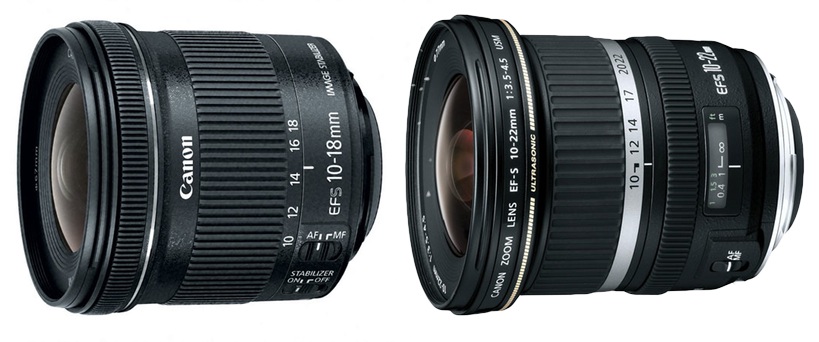
Playing around with both lenses, I find the Canon EF-S 10-22mm to be the better-built lens. The 10-18mm has more plastic including the mounting ring. You will need 2 different filter sizes if you buy both lenses. The 10-22mm takes a 77mm filter and the 10-18mm takes 67mm filters.
The 10-22 has internal zooming and the 10-18mm has barrel zooming.
Pros of the 10-18 f/4.5-5.6 IS STM are
- much lower cost
- image stabilization
- STM better suited to AF in live view and video.
- very slightly better CA
Cons of the 10-18 f/4.5-5.6 IS STM are
- smaller maximum aperture (2/3 stop)
- cheaper build
- less zoom range (Goes out to 18mm instead of 22mm)
- slightly more barrel distortion at 10mm (correctable with in-camera lens corrections or DPP)
- greater vignetting at same apertures (correctable with in-camera lens corrections or DPP)
The 10-22 has a better overall build, but the 10-18 is no slouch and a better bang-for-the-buck. Almost all the comparisons I have seen thus far the 10-18 performs just as well as the 10-22.
Lower Priced Alternatives
For those without the means or budget for the higher priced DSLRs, another option is to go the compact point and shoot route. Casey is a big fan of the Canon G7X line. Canon just released the Canon G7X II and so far the reviews have been really promising. What makes the G7X II a little nicer than the earlier model is the fact that the II can produce video time-lapse in camera. A really useful addition for vloggers looking to spice up their videos.
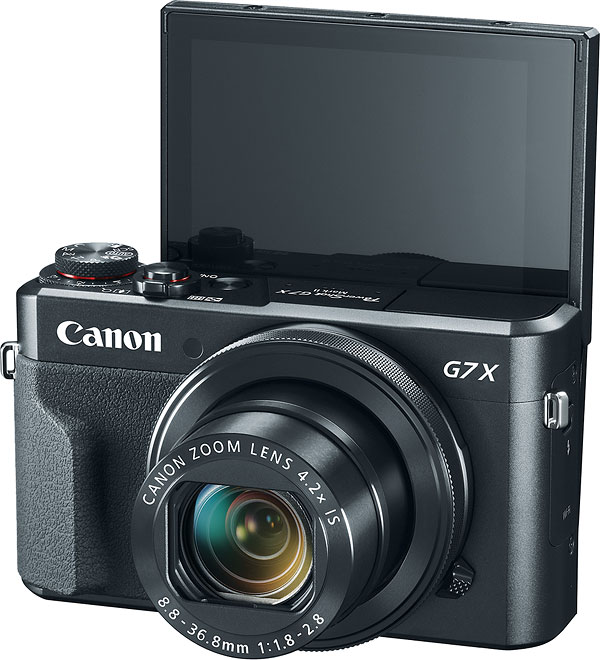
Other cameras Casey suggests looking at are the Canon S120 (a less expensive model) and the Sony RX100 V.
The Sony RX100 V seems to be a really great point and with its 4k video capabilities, it makes a fantastic backup camera. It’s a mirrorless camera with a 1-inch sensor. It has a flip-up screen like the Canon S120 and seems to a much better overall camera.
GoPro
Casey has utilized GoPros throughout his Youtube vlogs and the GoPro 6 line is pretty stellar. What is neat about the GoPro 6 is it takes time-lapse video and has a rear LCD screen to help navigate the menu.
Mirrorless Cameras
Right now Sony is the King of Full Frame Mirrorless Cameras. With the release of the Sony Alpha a7iii, they basically blew the doors off the competition.
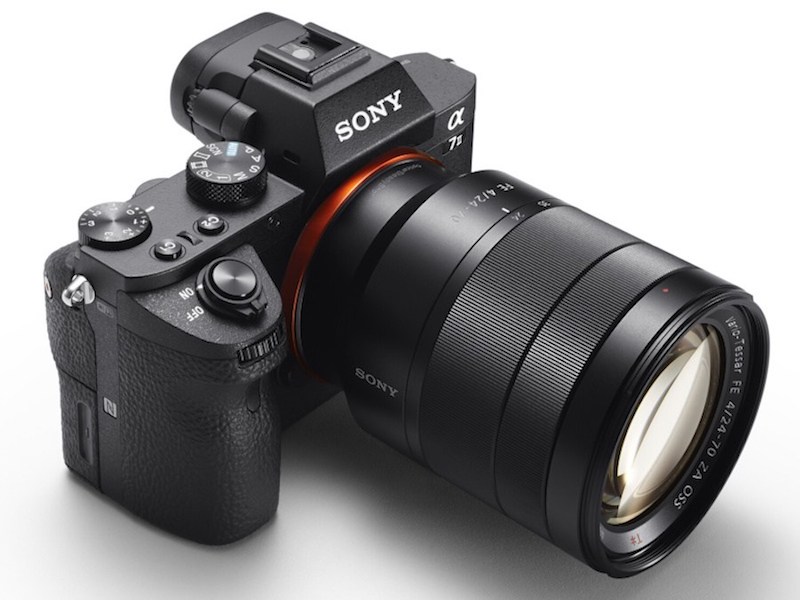
DRONES – THE’RE HERE
Over the last few years one company name has continually been mentioned and that name is DJI. For those that don’t know DJI seems to be the top consumer drone manufacturer and Casey loves these things. Drone footage can make an average video become stellar depending on who is flying it and what is being captured. Casey has a habit of losing, breaking and destroying drones, but lucky for him, he seems to get replacements for free.
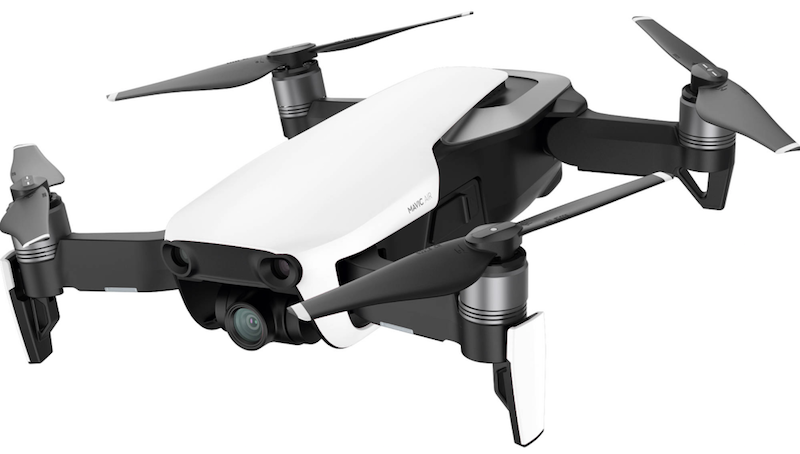
My favorite Drone in the DJI line right now is the DJI Mavic Air. It shoots in 4K and packs up super small for travel.
Drone technology is getting so good that with minimal training you can be up and flying and shooting incredible video.
AUDIO MICROPHONES
While a story is King, sound can sometimes ruin it, be it the background noise or simply not picking up as it should. Casey likes to use two types of Shotgun microphones by Rode.
STORY IS KING
Shotgun Mics
The advantage of using a shotgun means much of the background noise coming from the side and back will be greatly reduced. You can think of a shotgun mic as a hyper-directional microphone that picks up most of the sound originating in the front.
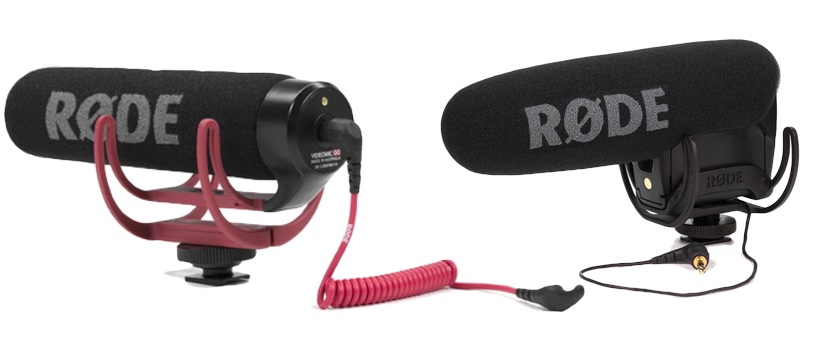
While both microphones are good, the Videomic pro in many comparisons evaluations I have seen is better at capturing sound. The disadvantage of the Videomic pro is it uses a 9-volt battery and has to be turned on to work. There have been several occasions where I started shooting only to realize the Rode Videomic Pro wasn’t turned on. The Videomic Go, on the other hand, is designed to be ready any time the record button is press without the need to turn it on.
Other microphones to check out include the Shure VP83 LensHopper Camera-Mounted Condenser Microphone and the Sennheiser MKE400.
Wireless Lavalier Microphones
I find Wireless Lavalier Microphones are perfect when doing product reviews and perform better than using a shotgun mic. While shotgun mics certainly work, lavalier microphones allow you to move around and not lose audio quality because of where you are talking.
My top choices include
- Sennheiser AVX ($699.00)
- Rode’s Rodelink ($599.00)
- Sony’s UWP-D11 ($399.00)
Check out my review on how to set up wireless microphones.
THE TRIPOD SOLUTION – JOBY GORILLAPOD FOCUS
One of the more innovative ideas Casey Nistat is known for is using the JOBY GorillaPod Focus and Ballhead X. The JOBY GorillaPod transforms a traditional tripod into an arm grabbing device that you can position in really wacky ways, like hanging from a tree or pole or just about anywhere the GorillaPod legs can wrap around.
